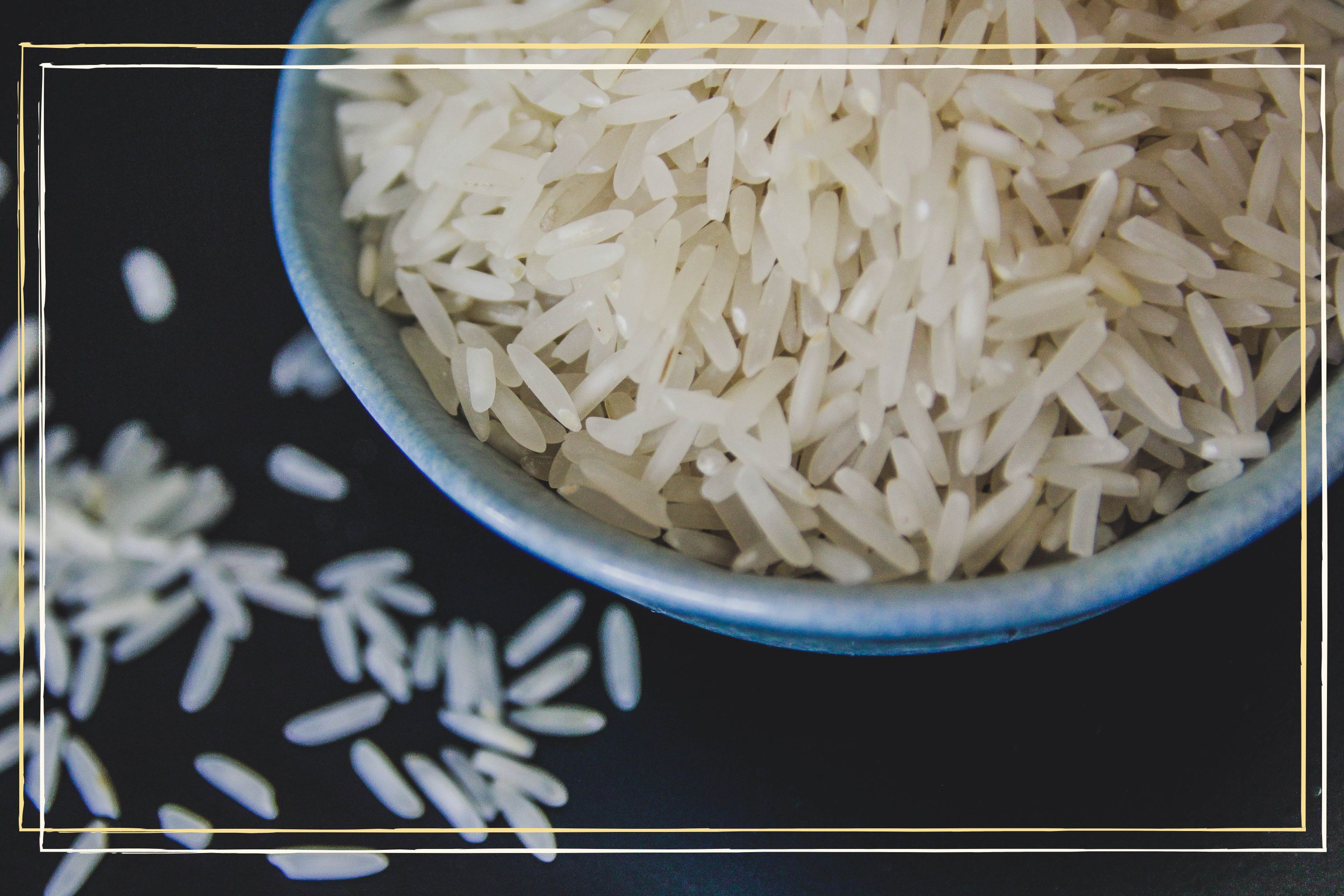
Rice production has been falling, and now it's predicted that the world is facing a rice shortage. Here's what we know...
We're no stranger to food and product shortages after the last few months, with the US currently experiencing a baby formula shortage, while the UK has had both an egg shortage and a tomato shortage on their hands. And now, it's looking like the latest food shortage is going to have a global impact.
Reports are emerging that a rice shortage is on the horizon, with production falling and prices skyrocketing. The news has shoppers wondering how long the shortage could last and who will be worst affected - with cooking rice a staple for many people's meal plans. We've rounded up everything there is to know so far...
Is there a rice shortage?
A possible rice shortage is on the horizon according to credit rating agency Fitch Solutions, which provides financial insights and data. The prediction comes following a fall in rice production all over the world, which has resulted in prices going up.
Fitch Solutions told CNBC that the world is facing its largest rice shortage in two decades, with the company's commodities analyst, Charles Hart, telling the publication, "At the global level, the most evident impact of the global rice deficit has been, and still is, decade-high rice prices."
BREAKING: Global rice shortage is set to be the biggest in 20 years. And rice prices are at the highest in ten years.April 19, 2023
They predict that prices will remain high until 2024, at which point Fitch Solutions expects the rice market to return to a "balanced position".
Why is there a rice shortage?
There are a few reasons for the rice shortage, including poor weather in China - the world's biggest rice producer - as well as Pakistan, and the impact of the war in Ukraine.
Certain areas where rice is grown in China saw heavy rain and flooding in late 2022, while other rice-producing parts of the country experienced a severe drought. Meanwhile, Pakistan also saw severe flooding in 2022, and these weather events impacted rice crops.
In addition, rice has become an alternative to some other grains following Russia's invasion of Ukraine, which saw a surge in the price of crops such as wheat, therefore driving up demand for rice.
Where is rice grown?
More than 90 percent of the world's rice is grown in Asia, and most of it is grown in China, as well as India, Indonesia, and Bangladesh. Japan, Pakistan, and various Southeast Asian nations also grown rice and smaller amounts are grown in Europe too.
The reason certain countries in Asia dominate the growing of rice is because the grain needs a hot and humid climate with a good supply of water.
Where will be affected by the rice shortage?
Fitch Solutions has said the rice shortage will have a global impact, but it will hit hardest in the Asia-Pacific region, because this area consumes almost 90 percent of the rice in the world.
Charles Hart told CNBC, "Given that rice is the staple food commodity across multiple markets in Asia, prices are a major determinant of food price inflation and food security, particularly for the poorest households."
In additon, Oscar Tjakra, senior analyst at global food and agriculture bank Rabobank, told the publication, "The global rice production deficit situation will increase the cost of importing rice for major rice importers such as Indonesia, Philippines, Malaysia and African countries in 2023."
Related features:
- Calpol shortage 2023: Why the medicine is in short supply
- Why is there a Sriracha shortage? Here's what we know
- Fruit and vegetable shortage in the UK
- Coffee Mate shortage 2023: Why are supermarkets running out of Coffee Mate?
Video of the Week







